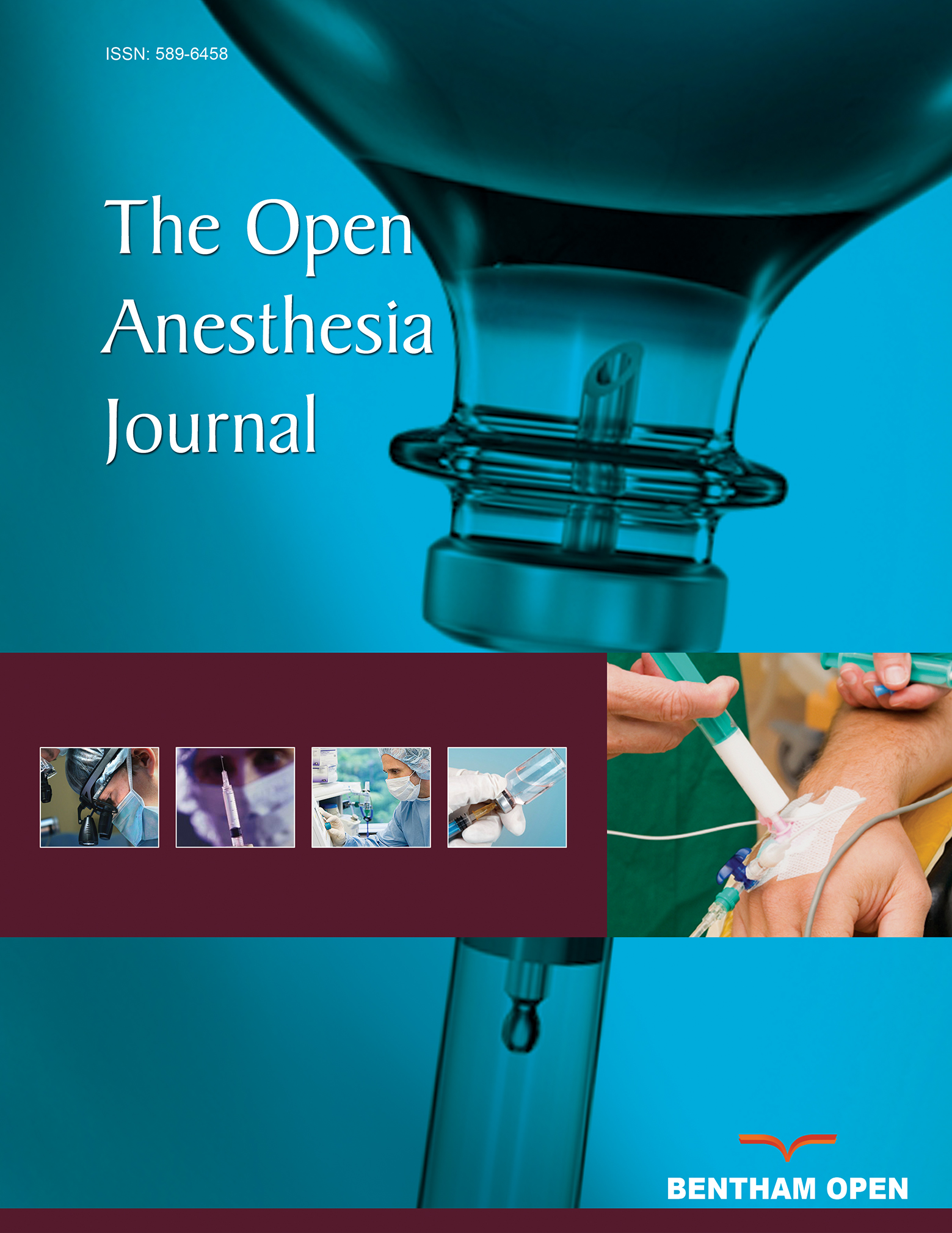All published articles of this journal are available on ScienceDirect.
Regional Anesthesia for Clavicle Fracture Surgery- What is the Current Evidence: A Systematic Review
Abstract
Introduction:
The sensory innervation of the clavicle remains controversial. It might come from both the cervical plexus and brachial plexus. Peripheral nerve blocks used to anesthetize the clavicle include cervical plexus blocks, brachial plexus blocks, and combined cervical and brachial plexus blocks.
Objectives:
The review was to determine whether there is a difference in pain scores and pain medication consumption intraoperatively and postoperatively among these blocks. Secondary endpoints were block success and serious adverse events.
Methods:
A comprehensive literature search of PubMed and Web of Science was performed. Only English-written randomized controlled studies were included.
Results:
Compared with patients with general anesthesia, patients with combined ultrasound-guided superficial cervical and interscalene brachial plexus block spent a shorter time in PACU (35.60 ± 5.59 min vs. 53.13 ± 6.95 min, P < 0.001), had a more extended pain-free period (324.67 ± 41.82 min vs. 185.27 ± 40.04 min, P < 0.001), and received less opioid consumption (Tramadol 213.33 ± 57.13 mg vs. 386.67 ± 34.57 mg, P < 0.001) in first 24 h postoperatively. Compared with patients with ultrasound-guided superficial cervical and interscalene brachial plexus block, patients with ultrasound-guided intermediate cervical and interscalene brachial plexus block had a higher success rate (100% vs. 80%) and longer duration of post-operative analgesia (7.5±0.8 h vs. 5.7± 0.4 h, P<0.001). Without ultrasound guidance, patients with combined superficial, deep cervical, and interscalene brachial plexus block had a higher success rate (96% vs. 60%), lower pain score at two h postoperatively (1.96±0.17 vs. 3.22±0.88, p=0.000), and a more extended pain-free period (1h vs 6h) compared to combined superficial cervical and interscalene brachial plexus block. There were no regional anesthesia-related complications reported in all studies.
Conclusion:
Patients with regional anesthesia have a more significant pain-free period and less intraoperative and postoperative opioid consumption than patients with general anesthesia. Combined intermediate or deep cervical plexus and Interscalene brachial plexus blocks provide better analgesia than combined superficial cervical plexus and Interscalene brachial plexus blocks. Ultrasound guidance improved the success rate of regional anesthesia. Combined cervical plexus and brachial plexus block can be used as sole anesthesia for clavicle fracture surgery.


